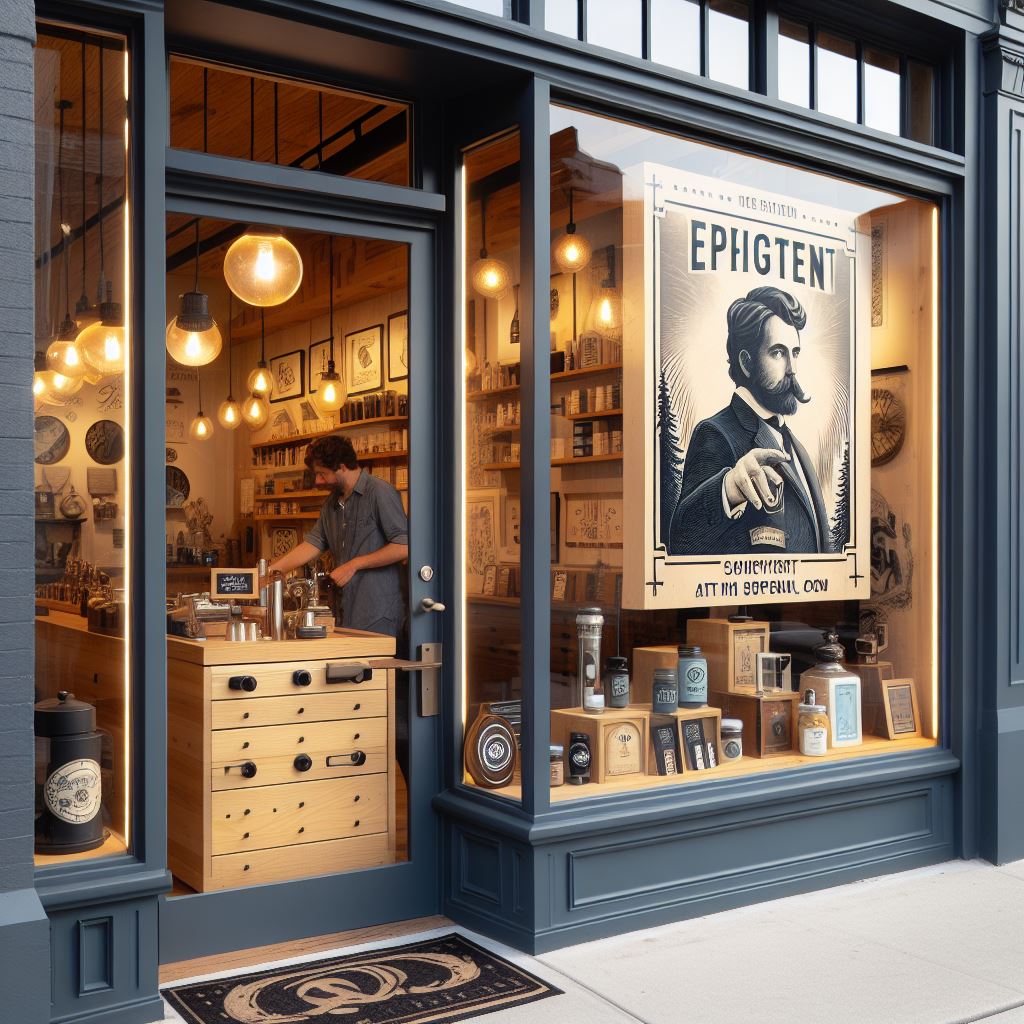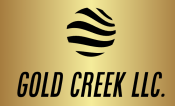Local radio advertising remains a powerful medium for reaching a targeted audience within a specific geographic area. Whether you are a small business owner looking to attract local customers or a larger corporation aiming to bolster your community presence, understanding the costs associated with local radio advertising is crucial. This section will delve into the various factors that influence these costs and provide insights to help you make informed decisions.
Unlike digital advertising, where costs can vary significantly based on bidding systems and algorithms, radio advertising costs are typically influenced by more tangible factors. These include the time of day your ads are broadcast, the length of the ad, and the popularity of the radio station. For instance, *prime time slots*, such as morning and evening drive times, usually come at a premium due to higher listener numbers. Additionally, the duration of your ad—whether it is a 15-second spot or a full 60-second commercial—also plays a significant role in determining the overall cost.
Another critical factor is the reach and demographic of the radio station’s audience. Stations with a larger or more targeted listener base can command higher prices. Moreover, the production quality of your ad, including elements like voice talent and background music, can further influence costs.
To get the most out of your advertising budget, it’s essential to consider these factors carefully. *Act now and reserve your ad space today* by visiting goldcreekllc.net and leverage the power of local radio advertising to boost your business.
Factors Influencing Radio Advertising Costs

Several factors influence the costs associated with local radio advertising, making it essential for businesses to understand these elements to effectively budget their campaigns. Below are some key factors that play a significant role in determining the price of radio advertisements:
- Time of Day: The time slot during which your advertisement airs is a major determinant of cost. *Prime time slots*, such as morning and evening rush hours, usually see higher listenership and therefore come at a premium.
- Ad Duration: The length of your advertisement is another crucial factor. Common ad durations are 15, 30, and 60 seconds, with longer ads generally costing more. However, longer ads can also be more effective in conveying your message.
- Station Popularity: Stations with higher ratings and a larger listener base typically charge more for advertising space. Popular stations can provide better reach and higher engagement, justifying the higher costs.
- Geographic Reach: The coverage area of the radio station also impacts pricing. Stations that broadcast over a larger geographic area can command higher prices due to their wider reach.
- Demographics: The listener demographics of a station can significantly influence costs. Stations that cater to a specific, sought-after demographic (e.g., young professionals, high-income households) often charge higher rates.
- Ad Production Costs: High-quality ads that include professional voiceovers, sound effects, and music can be more expensive to produce but often yield better results, adding to the overall cost.
By understanding these factors, you can better navigate the complexities of radio advertising costs and make more informed decisions that align with your marketing objectives.
Average Costs of Local Radio Ads

When considering local radio advertising, it’s essential to have a clear idea of what the average costs might look like. While the exact cost can vary greatly depending on the factors previously discussed, understanding some general figures can help you budget more effectively.
On average, the cost of a 30-second radio ad ranges from $200 to $5,000 per week, depending on the market size and station popularity. In smaller markets, you might expect to pay between $200 and $500 per week. In contrast, larger markets or highly popular stations can command prices from $1,000 to $5,000 or more per week.
Here’s a breakdown of average costs for different market sizes:
- Small Markets: Typically, you can expect to pay between $200 and $800 per week for a 30-second ad, depending on the station and time slot.
- Mid-Sized Markets: Costs generally range from $500 to $2,500 per week, reflecting a moderate listener base and more competitive advertising landscape.
- Large Markets: In major metropolitan areas, prices can soar from $1,000 to $5,000 or more per week, especially for prime time slots on popular stations.
Keep in mind that these figures are averages and actual costs can vary. Additionally, some stations offer discounts for bulk purchases or long-term advertising commitments, which can help you get more value for your investment.
Understanding these average costs can help you set realistic expectations and develop a more effective advertising strategy that aligns with your budget and marketing goals.
Budgeting for Local Radio Advertising

Creating a budget for local radio advertising is a strategic process that requires careful planning and consideration of various factors. To maximize the effectiveness of your ad spend, you need to outline a clear budget that aligns with your overall marketing goals and financial constraints.
First, determine your total marketing budget and decide what portion of it can be allocated to radio advertising. A common approach is to allocate between 5% to 15% of your total marketing budget to radio, depending on the importance of this medium to your overall strategy.
Next, consider the specifics of your advertising campaign, including:
- Duration: How long will your campaign run? Short-term campaigns might require a higher weekly spend to make a significant impact, whereas long-term campaigns can benefit from consistent, lower-cost placements.
- Frequency: How often will your ads be aired? Higher frequency can increase recall and effectiveness, but also requires a larger budget.
- Time Slots: Prime time slots (e.g., morning and evening drive times) are more expensive but offer higher listener numbers. Consider a mix of prime and non-prime slots to balance cost and reach.
- Station Selection: Choose stations that align with your target audience. Popular stations with a broad reach may cost more, but niche stations with a dedicated listener base might offer better ROI.
Additionally, many radio stations offer package deals that include multiple ad placements over a set period, often at a discounted rate. Take advantage of these offers to stretch your budget further.
Finally, track the performance of your ads and be ready to adjust your budget as needed. Monitoring metrics such as listener engagement and conversion rates will help you refine your approach and ensure you get the most out of your investment.
Maximizing ROI from Radio Advertising
Maximizing return on investment (ROI) from radio advertising requires a strategic approach that leverages the unique strengths of this medium. Here are some key tactics to ensure your radio ads deliver the best possible results:
1. Craft Compelling Messages: Your ad copy should be clear, concise, and engaging. Use a strong call-to-action and make your value proposition unmistakable. The average radio ad is only 30 seconds long, so every word counts.
2. Target the Right Audience: Select radio stations and time slots that align with your target demographic. Understanding the listening habits of your potential customers will help you reach them more effectively.
3. Optimize Ad Frequency: Repetition is key to radio advertising success. Ensure your ads are broadcast frequently enough to build familiarity and reinforce your message, but avoid over-saturation, which can lead to listener fatigue.
4. Leverage Promotions and Sponsorships: Many radio stations offer promotional opportunities, such as sponsoring a segment or hosting a giveaway. These can enhance your visibility and create a positive association with your brand.
5. Monitor and Adjust: Regularly track the performance of your ads using metrics like listener engagement, website traffic, and sales conversions. Use this data to refine your strategy, optimize ad placements, and adjust your budget accordingly.
6. Integrate with Other Channels: For maximum impact, integrate your radio ads with other marketing channels. A cohesive multi-channel campaign can amplify your message and drive better results across all platforms.
By implementing these strategies, you can ensure that your radio advertising efforts are not only effective but also deliver a strong return on your investment. Continuous improvement and adaptation based on performance data will help you stay ahead of the competition and achieve your marketing goals.
Conclusion: Is Local Radio Advertising Worth It?

After examining the costs, benefits, and strategies associated with local radio advertising, a pivotal question remains: Is local radio advertising worth it? The answer largely depends on your business objectives, target audience, and overall marketing strategy.
Local radio advertising offers several distinct advantages. It provides a unique opportunity to reach a geographically concentrated audience, making it an excellent choice for businesses aiming to build strong local presence. Additionally, radio ads can create an intimate, personal connection with listeners, fostering trust and brand loyalty.
Moreover, radio advertising is often more affordable compared to other traditional media like television or print. With careful planning and strategic execution, businesses can achieve significant exposure without breaking the bank. This cost-effectiveness, combined with the potential for high engagement, makes radio a compelling option for many businesses.
However, it’s crucial to remember that the success of your radio advertising campaign hinges on several factors. Aligning your ad content with the interests and preferences of your target audience, choosing the right stations and time slots, and continuously monitoring and adjusting your campaigns are essential steps to maximize ROI.
In conclusion, local radio advertising can indeed be a valuable component of your marketing toolkit. When done right, it offers a powerful way to connect with your community, enhance brand visibility, and drive business growth. So why wait? Act now and reserve your ad space today!

